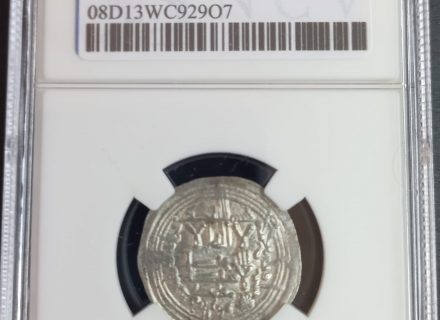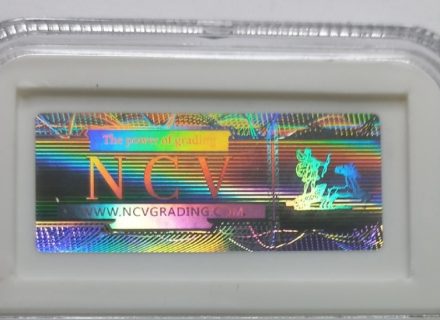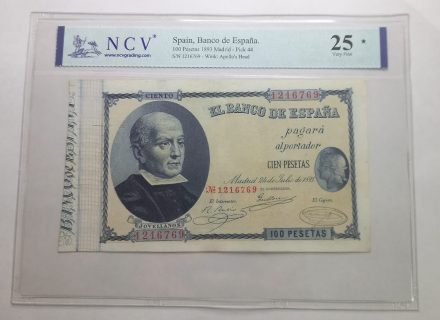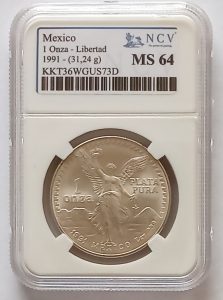
The Libertad coins
Did you know that the first mint in America was the ‘Casa de la Moneda de México’ (the Mexican Mint)? They were the pioneers of creating silver bullion coins, which inspired many other mints worldwide to follow suit and create bullion coins made of precious metals like gold, silver, and even platinum, palladium, and rhodium. Today, we will delve into one of the most popular and highly sought-after silver bullion coins in the world, the awesome Mexican Libertad.
The Mexican Mint
The Mexican mint has a long history of coin minting since its founding in 1535. The Royal Mint of Mexico —or the Mint of Mexico— was established by Royal Decree on May 11, 1535, and executed by Viceroy Antonio de Mendoza. Initially, it was in the so-called “Old Houses” of Montezuma, property of the famous conquistador Hernán Cortés. In 1536 it was decided to construct a building attached to the Viceroyal Palace —today the National Museum of Cultures— on the street that, for this reason, was called “Calle Moneda.” (literally, ‘Coin street’). It was the first mint in America. In 1949, it began minting its first coins, designed for investment purposes. These first investment coins, known as Onzas de Balanza (Balance scale Ounce), de Balanza y Prensa (Scale and Press), or simply Onzas (Ounces), were not minted again until 30 years later (1978-79 and 80 issues).
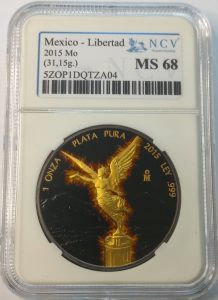 The First Libertades
The First Libertades
The issue of silver Libertad (liberty in English) ounces began in 1982 (the first gold issue was in 1981, but we will talk about it on another post). Although they do not have a face value —like the gold ones—, they are legal tender coins. According to Mexican law, they are valued based on their weight in gold or silver, depending on the current exchange rate. This means that they can be used in transactions or exchanged in Mexican banks for their value in pesos.
Two different pweiods
The production of this ounce can be divided into two different periods: in the first one, from 1982 to 1995, the design of the coin’s reverse copies the 50-peso “centenary” gold coins or the 1921 two-peso silver coin. They show the Angel of Independence —a depiction of the Nike or Winged Victory, the sculpture that crowns the Independence Monument in Mexico City— seen from the front with the Popocatepetl and Iztaccihuatl volcanoes in the background. It also details its weight (1 ounce), its purity (fine Silver .999), the name of the country (Mexico), and the Mint mark of the Mexican Mint (OM). On the obverse, there is the coat of arms of Mexico (an eagle with one claw perched on a cactus and the other trapping a snake) and the legend ‘Estados Unidos Mexicanos’ (United Mexican States). It measures 36 mm in diameter, is 3.47 mm thick —that is the reason why it is also known as “gordita” (literally, ‘chubby’)— and weighs 31.1 grams (one Troy ounce).
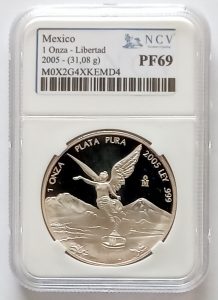
In 1996 —and up to the present—, the Libertad ounce underwent a noticeable design change (this new version is known as the ‘New Libertad’). On the reverse side, the Angel of Victory is depicted at a slight tilt instead of a frontal view. The new coin still features the volcanoes in the background and the same information on the coin as in the previous version. The obverse also shows the coat of arms of Mexico in a central position surrounded by historical Mexican coats of arms —various eagle designs that have been used as the National Coat of Arms over the years, as well as the eagle that appears in the Codex Mendocino—. The new coin has a diameter of 40mm and a thickness of 3 mm and weighs 31.10 grams (one Troy ounce).
Types of finishes
Despite their very similar design, these ounces stand out because of their beauty and are among the most appreciated by collectors and investors. They are also minted in multiple formats (fractions and multiples of an ounce) and finishes (satin, mirror or proof, luster-matte or reverse proof, and antique…).
 Thanks for checking out our post. We really hope you enjoyed reading it. In our next post, we’ll be discussing the Mexican Mint and the fascinating coins that were minted there.If you know anyone who might be interested, don’t forget to share this article with them. We’d love to hear your thoughts too, so feel free to leave a comment in the section below.
Thanks for checking out our post. We really hope you enjoyed reading it. In our next post, we’ll be discussing the Mexican Mint and the fascinating coins that were minted there.If you know anyone who might be interested, don’t forget to share this article with them. We’d love to hear your thoughts too, so feel free to leave a comment in the section below.

